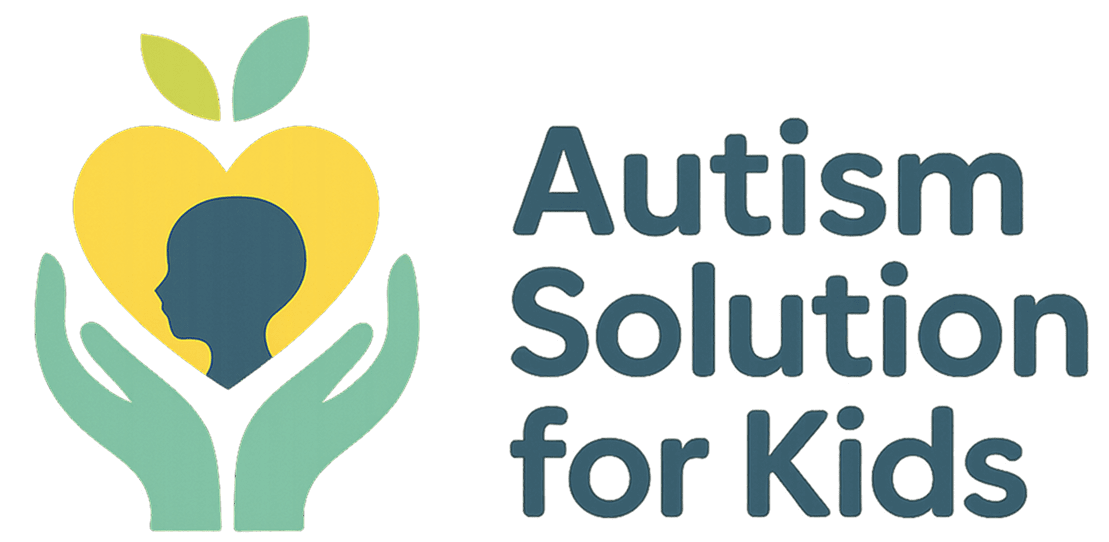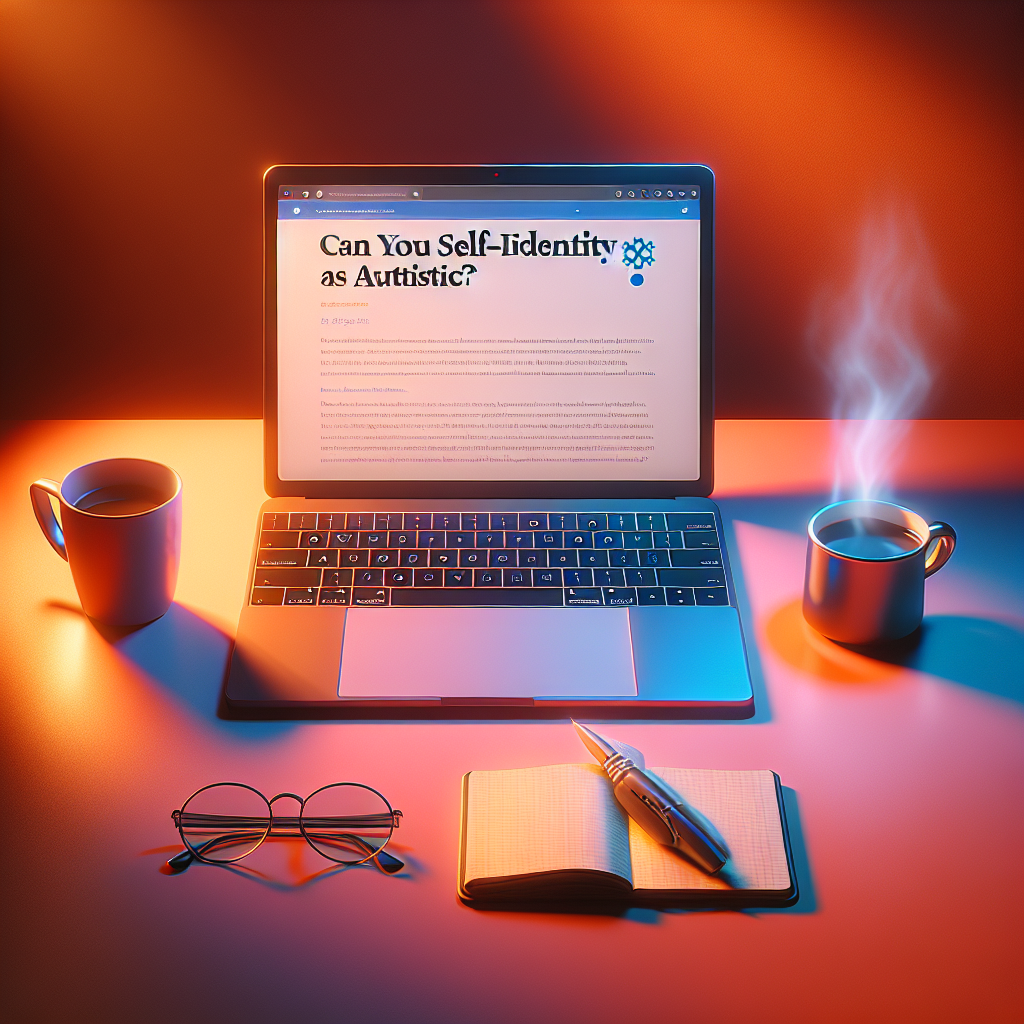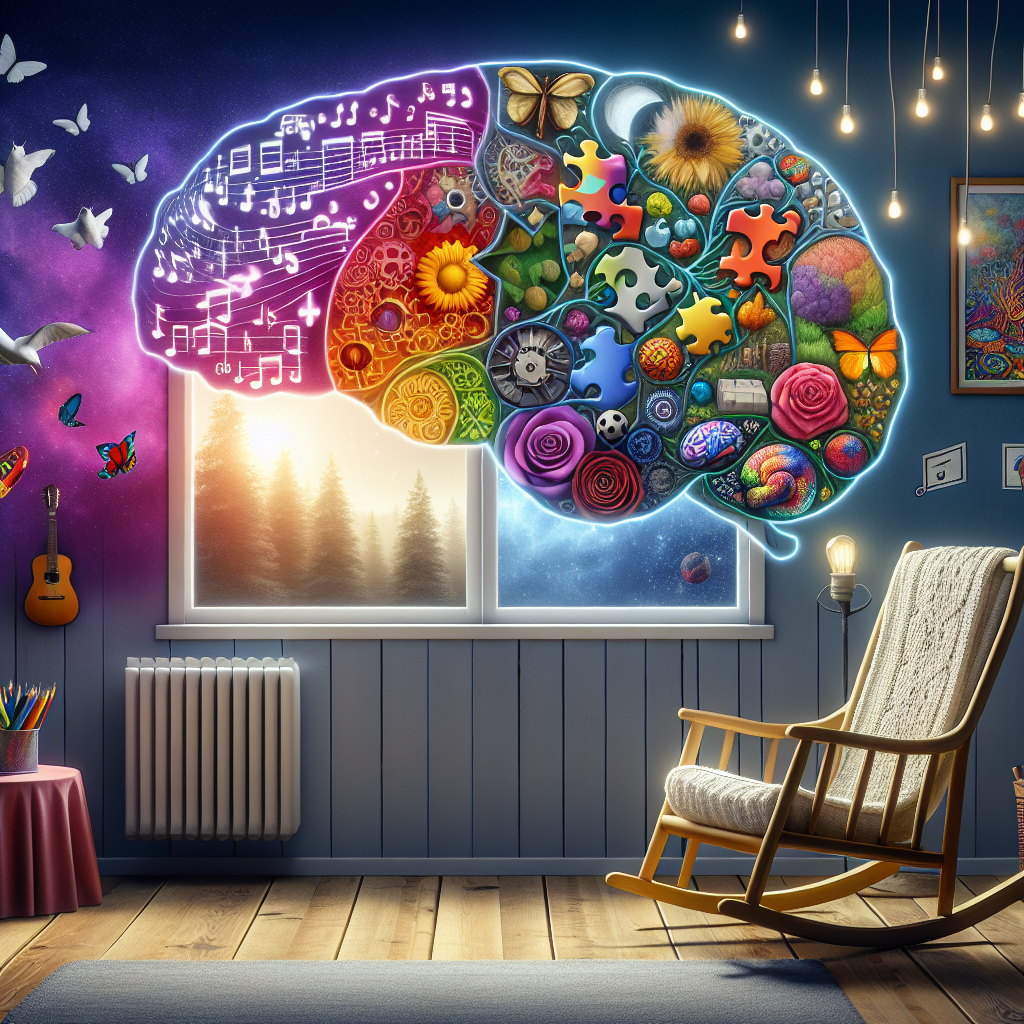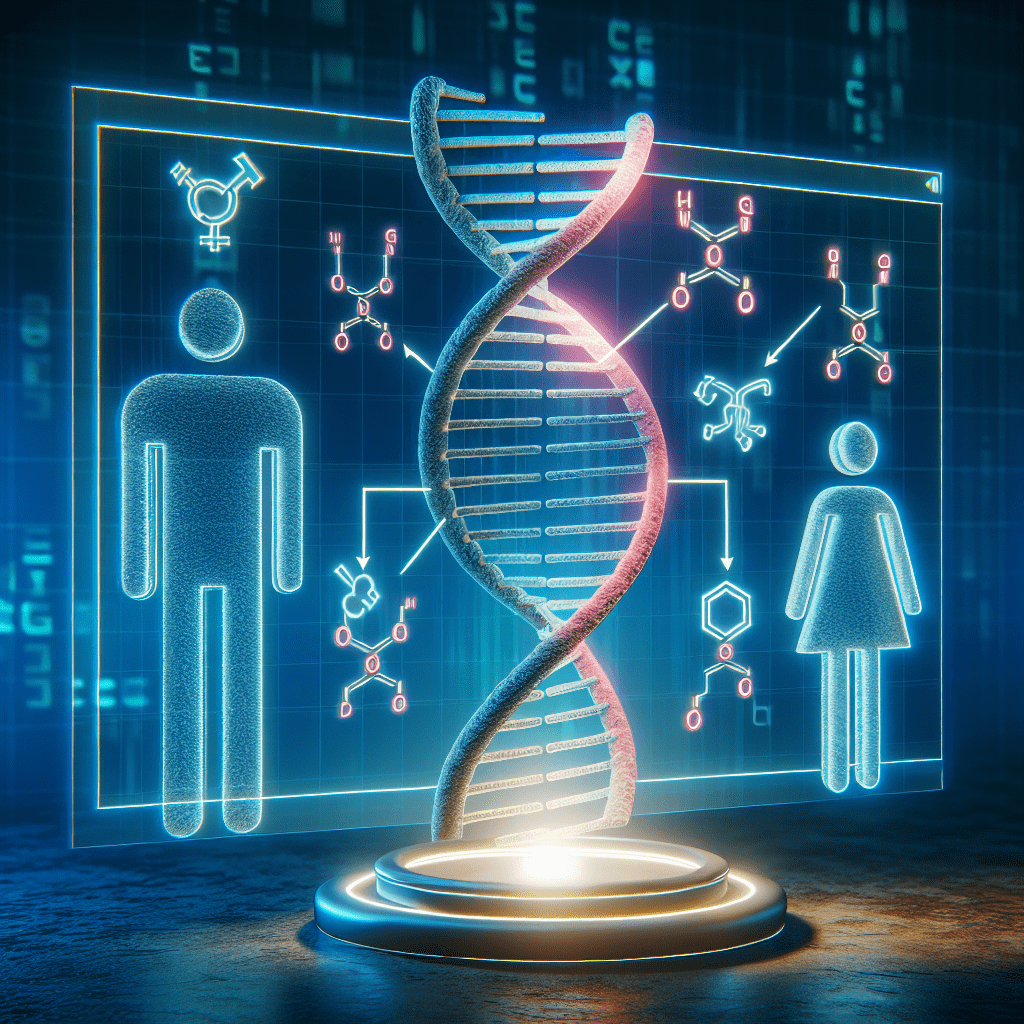Can You Self-Identify as Autistic? Understanding Autism and Self-Identification
Can you self-identify as autistic? This is a question that people across the globe are increasingly asking. Autism is a complex neurodevelopmental disorder that affects how individuals communicate, interact, and perceive the world around them. As awareness of autism spectrum disorder (ASD) grows, many individuals have become more curious about their potential diagnosis, often leading them to ponder whether they can self-identify as autistic. In this article, we will explore the nature of autism, the implications of self-identification, and the importance of community and understanding in this journey.
It’s essential to recognize that autism doesn’t have a one-size-fits-all definition. The spectrum encompasses a broad range of experiences and presentations, meaning that no two individuals experience autism in the same way. From the nuances of communication differences to sensory sensitivities and social interactions, many aspects contribute to the understanding of autism.
This article will guide you through the complexities of self-identifying as autistic, helping you navigate this personal and sometimes challenging journey. Whether you suspect you might be on the autism spectrum or want to support others who identify as autistic, gaining a better understanding of self-identification is crucial.
The Complex Nature of Autism and Self-Identification
Self-identification as autistic involves a deep, personal exploration of one’s traits, behaviors, and experiences. For many, the journey begins with a sense of recognition—perhaps they’ve noticed traits or challenges that resonate with descriptions of autism. Traits might include communication differences, challenges in social interactions, or unique sensory experiences. When individuals begin to connect their personal experiences with the broader definitions of autism, the question naturally arises: Can you self-identify as autistic?
Self-identification isn’t about pretending to be something you’re not; it’s about understanding yourself through the lens of autism. More people are recognizing and embracing the idea that they may be on the spectrum, often after years of feeling different or out of place. While an official diagnosis can provide clarity, many individuals relate strongly to the experiences described by the autistic community, even without formal recognition.
Yet, can you self-identify as autistic without a formal diagnosis? The straightforward answer is yes; however, there are nuances to consider. Here, we will explore four key aspects of autism that can assist you in understanding whether self-identification resonates with your personal experience:
1. Understanding the Spectrum
The autism spectrum is precisely that—a spectrum. People with ASD can present a wide variety of behaviors and traits, ranging from mild to severe. This variability can make it confusing for someone trying to place themselves on the spectrum. It’s possible to fall at any point along this continuum, which is why self-identifying as autistic can be a powerful tool for understanding oneself.
Consider two individuals: one might excel in logical reasoning but struggle with social cues, while the other may have exceptional artistic talent but face overwhelming sensory processing challenges. Both are autistic, yet their experiences and expressions of autism are vastly different. By exploring these variations, a person can better ascertain where they see themselves fitting within the spectrum.
2. The Role of Community and Identity
For many individuals, discovering the autism community can be life-changing. Online forums, support groups, and social media platforms provide spaces where people can share their experiences and offer support to one another. Through these connections, individuals often find that their feelings and struggles are shared by others, which can validate their experiences and reinforce their identity as autistic.
Being part of a community often plays a significant role in self-identification. This community can provide insights, encouragement, and a sense of belonging that might have been missing. Many find comfort in embracing the language and culture that aligns with being autistic, allowing them to express themselves more freely and authentically.
The Pros and Cons of Self-Identification
As with any personal journey, there will be both pros and cons to consider when it comes to self-identifying as autistic. It’s vital for individuals to weigh these factors carefully as they navigate their understanding of autism.
1. Advantages of Self-Identification
Embracing a new identity can be empowering. Here are several advantages of self-identifying as autistic:
- Empowerment: Understanding and owning your identity enables you to advocate for yourself more effectively, allowing for better communication of needs.
- Support: Identifying as autistic can lead to connecting with others who share similar experiences, creating a network of support that makes navigating life easier.
- Self-Acceptance: Acknowledging your differences can foster acceptance, reduce feelings of isolation, and promote self-love.
2. Disadvantages of Self-Identification
However, self-identifying as autistic can also come with challenges:
- Misunderstanding: Not everyone will understand or accept your self-identification. This can lead to stigma, discrimination, or dismissal of your feelings.
- Lack of Official Recognition: While self-identification can be empowering, it lacks the formal acknowledgment that comes with a clinical diagnosis, which may be necessary for specific support services.
- Responsibility: Some individuals may feel a sense of obligation to educate others, which can be exhausting and not something everyone is prepared for.
Pathways to Self-Identification
If you’re contemplating self-identification as autistic, several steps can help chart your course:
1. Research and Reflection
The first step is educating yourself about autism. Numerous resources are available, including autobiographies, academic articles, and community websites. Understanding the spectrum can help you recognize traits you may identify with, and reflecting on your personal experiences is crucial. Journaling or speaking to a therapist may help you clarify your thoughts and feelings.
2. Connect with Others
Engage with the autistic community—whether online or in person. Conversations, shared experiences, and connections with others who identify as autistic can affirm your feelings and expose you to different perspectives and stories. Social media groups and forums can be invaluable sources of information and support.
3. Consider Professional Guidance
While self-identification is valid, seeking a formal evaluation from a mental health professional can provide greater clarity and open up additional resources. A psychologist or psychiatrist experienced in working with autism can help assess your experiences and traits, leading to a better understanding of whether an official diagnosis is appropriate for you.
Even if you choose not to seek a formal diagnosis, talking to a professional can provide a safe environment to discuss your thoughts and feelings as you explore self-identification.
Conclusion
So, can you self-identify as autistic? Absolutely! Self-identification is a valid and meaningful process. It empowers individuals to understand and accept themselves better, showcasing the broad spectrum of human experience. Don’t forget, it’s essential to embrace your journey with compassion and an open mind. While navigating the world as a self-identified autistic person can come with challenges, it also has the power to bring understanding, community, and acceptance.
As more people look to understand autism and their place within it, self-identification offers a valuable path towards embracing the unique tapestry of human differences. Whether you ultimately choose to pursue a formal diagnosis or embrace your identity independently, what matters most is that you find peace, clarity, and a sense of belonging.
FAQs
1. Can I identify as autistic even if I haven’t been diagnosed?
Yes, many people self-identify as autistic based on their experiences and traits, even without a formal diagnosis.
2. What are some common signs of autism?
Common signs include difficulties with social interactions, communication differences, sensory sensitivities, and repetitive behaviors.
3. Is self-identification enough to access support services?
Policies vary; some support services may require a formal diagnosis, while others may acknowledge self-identification.
4. How can I find support as a self-identified autistic individual?
Look for online communities, local support groups, or resources specifically for autistic individuals.
5. What if others don’t believe my self-identification as autistic?
Your identity is personal; try surrounding yourself with supportive individuals who affirm your self-identification.





